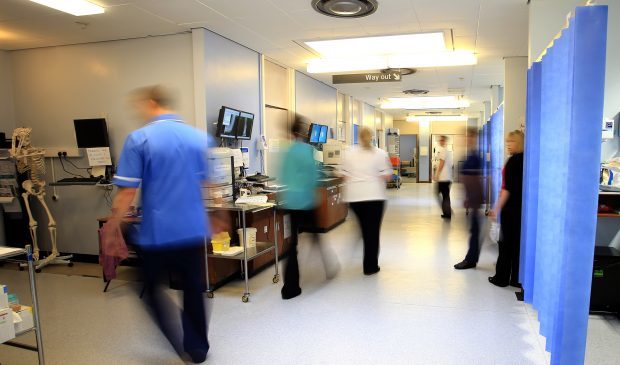Deaths following admission to hospital have dropped by 7% in the last two years.
Hospital Standardised Mortality Ratios (HSMR) decreased 7% between January-March 2014 and April-June 2016, the NHS Information Services Division (ISD) statistics show.
The HSMRs are based on all acute inpatient and day case patients admitted to all specialities in hospital.
The calculation takes account of patients who died within 30 days from admission, and includes deaths that occurred in the community as well as those in hospital.
No hospitals had significantly higher HSMRs in April to June 2016 than the national average of 0.86, while two hospitals had “significantly lower” rates.
Compared to an index of 1.00, this means there were 14% fewer deaths than predicted in the period.
Raigmore Hospital in Inverness and Queen Elizabeth University Hospital in Glasgow had HSMRs well below the national average, at 0.58 and 0.77 respectively.
Health Secretary Shona Robison said: “These latest figures show that since the first quarter of 2014, there have been 7% fewer than expected deaths in Scotland’s hospitals – a testament to the efforts of our NHS staff working every day to reduce harm and improve safety for patients.
“Today’s mortality statistics show exactly why our Scottish Patient Safety Programme deserves its international reputation as a world leader and the numerous copies of it around the world.
“It is particularly encouraging to see that our newest hospital, the Queen Elizabeth University Hospital, has a hospital mortality rate that is significantly below the national average – showing the benefits of delivering the most modern models of care in the most up-to-date healthcare facilities.”
Between April and June 2016, there were 5,861 deaths within 30 days of admission to hospital in Scotland.
The figures show emergency or unplanned medical admissions consistently account for the largest proportion of deaths within 30 days of admission.
Patients from the least deprived areas of Scotland consistently have lower levels of mortality than patients from more deprived areas, the figures also show.










